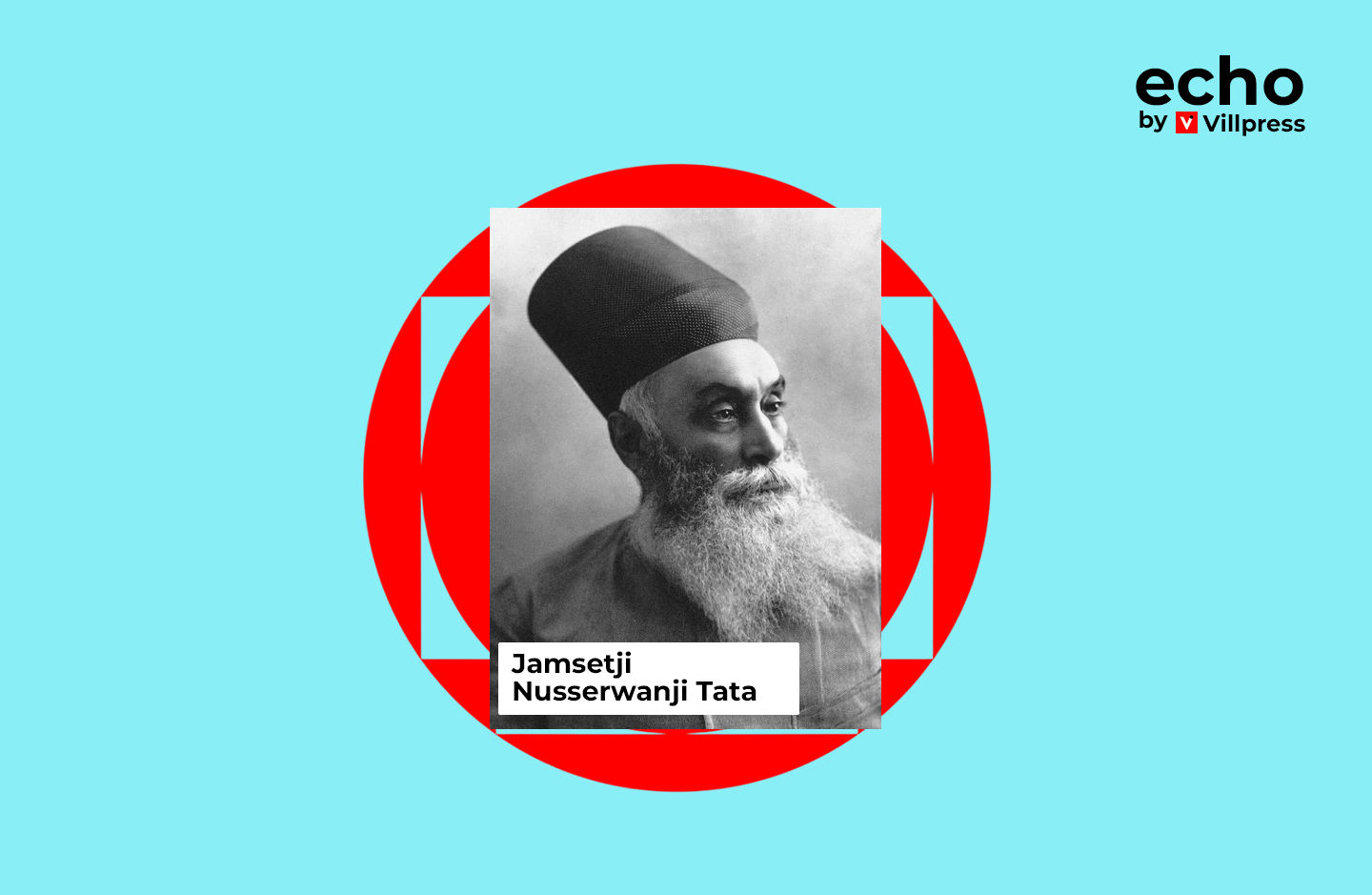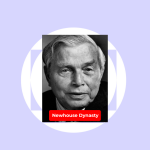The TATA Group began without fanfare.
No declarations of ambition. No visions of empire.
Just a letter written in 1868 by a merchant in Bombay named Jamsetji Nusserwanji Tata.
The subject: plans for a textile mill, one that might rival Britain’s famed mills in Manchester.
The tone was practical, even restrained. There were no slogans, no calls for national pride. Yet that letter, ink on paper, quietly sent, lit the first spark of what would become one of the world’s most influential business dynasties.
A century and a half later, the Tata name is everywhere in India.
It drives the cars, powers the cities, salts the food, and runs the software behind the nation’s banks.
And yet, despite its size, nearly 30 companies spanning 100 countries, the Tata Group has never been defined by noise.
Its power has been built patiently and deliberately through design rather than dominance.
“Tata didn’t seize power. It built the systems everyone else relies on.”
The Quiet Beginning of Indian Capitalism
In the late 1800s, India was still a colony. Industrial ambition was rare; national self-reliance, almost heresy.
But Jamsetji Tata believed in something more enduring than rebellion: infrastructure.
He opened a textile mill powered by Indian labor, trained Indian engineers, and manufactured for Indian markets.
Then came a steel plant in Jamshedpur, India’s first.
A hydroelectric company for Bombay, lighting a city before it had modern roads.
A university devoted to science and technology.
Each project began quietly, one after another, until a pattern emerged: Tata wasn’t reacting to history.
He was building its framework.
By the time India gained independence in 1947, Tata’s work was already embedded in the country’s foundation, industrial, educational, and moral.
Power by Construction, Not Control
The Tata philosophy is deceptively simple: build capacity, not dominance.
While others pursued control through capital and influence, Tata’s leaders pursued it through competence and credibility.
A factory here.
A steel plant is there.
A company that connected India’s power grid, another that would one day power its data servers.
Each piece looked self-contained.
Each was, in fact, a carefully placed brick in an expanding structure.
“Where others saw competition, Tata saw connection.”
The genius of the Group has always been its ability to move sideways, quietly entering new sectors not through aggression, but adjacency.
Steel fed the railways.
Power fueled the factories.
Technology linked the world that consumed both.
It was not domination. It was integration.
The Architecture Beneath the Surface
To most observers, Tata is a vast holding company, a tangle of steel, cars, and code.
But to look at it that way is to miss the invisible structure.
What it owns: Tata Steel, Tata Motors, Tata Power, Tata Chemicals, Tata Communications.
What it shapes: Tata Consultancy Services (TCS), the world’s most valuable IT services firm.
What it influences: The Taj Hotel chain, a symbol of Indian hospitality and resilience.
What it affects: Education, healthcare, and public policy through the Tata Trusts, which hold two-thirds of the Group’s shares.
This architecture gives Tata something more subtle than control; it gives it stability.
The conglomerate does not shout from the rooftops. It hums in the background, woven into India’s economic rhythm.
Its power is not political; it is structural.
Its control is not visible; it is embedded.
The Chain of Influence
In any economy, power moves through a sequence:
Stories shape understanding.
Understanding the shapes policy.
Policy shapes markets.
Markets shape nations.
Tata sits quietly across that chain.
Its companies provide the physical systems, steel, electricity, and connectivity.
Its Trusts nurture the intellectual and social systems, education, research, and public health.
Its reputation, built on integrity and restraint, offers the moral weight that holds it all together.
The result is a kind of national gravity.
You don’t see it, but you feel it.
When the Quiet Became Visible
Every so often, the curtain lifts.
When Tata bought Corus Steel and Jaguar Land Rover in the 2000s, the move was described as bold, even shocking.
An Indian company acquiring two icons of British industry, history turned inside out.
But to the Tatas, it wasn’t a conquest. It was continuity.
When the Tata Trusts began shaping national agendas in education and sanitation, it wasn’t lobbying—it was legacy.
They had founded India’s first science institute a century earlier; this was simply the next iteration.
And when the Taj Mahal Palace Hotel was attacked in 2008, the Group’s response was silent but decisive.
The hotel reopened within weeks. Employees were compensated in full. Families of victims were supported for years.
“They never spoke of heroism. They simply acted as if responsibility was their default setting.”
That is what influence looks like when it is cultural rather than corporate.
The Three Threads of a Hidden Web
Every empire has its structure. Tata’s has three distinct but interwoven strands.
1. The Conversation Starters
The Tata Trusts quietly fund universities, think tanks, and research centers.
They shape the country’s intellectual climate, the questions that get asked, the priorities that get funded, and the problems that get solved.
2. The Platforms and Systems
TCS runs digital infrastructure for governments and corporations around the world.
Tata Power lights cities. Tata Motors moves them. Tata Steel builds them.
These are not products; they are platforms on which modern life depends.
3. The Distribution Backbone
Tata Salt, Tata Tea, and other consumer brands reach nearly every Indian home.
They are the Group’s public face, ordinary items that mask extraordinary reach.
Together, these threads form an ecosystem so integrated it feels natural.
It’s not dominance through monopoly, it’s relevance through indispensability.
Also Read: #Issue 001: The Family That Quietly Shapes The Tech Media, Newhouse Dynasty
The Nature of Quiet Power
In the global age of spectacle, the Tata Group remains an anomaly.
Its leaders rarely chase headlines.
Its companies, though massive, speak in the language of reliability rather than disruption.
Their power flows not from visibility, but from institutional endurance.
“In a century of noise, Tata’s silence is not absence—it’s discipline.”
They have survived colonial rule, socialism, liberalization, and globalization—each phase testing a different kind of strength.
And each time, the Group adapted not by changing its soul, but by widening its system.
They don’t fight for attention; they construct continuity.
They don’t dictate policy; they define possibility.
In India, to build something that lasts a decade is an achievement.
To build something that lasts a century and remains trusted is architecture.
The Lasting Lesson
If you look long enough at Tata’s long, quiet story, a truth emerges:
Power doesn’t always roar. Sometimes it hums.
The Tata Group has proved that influence built on patience, structure, and credibility can outlast the loudest competitors.
They own not just companies, but the conditions that make enterprise possible.
They don’t dominate the market; they sustain it.
They don’t chase relevance; they define it.
In the end, Tata’s legacy isn’t simply economic.
It’s philosophical.
It reminds the world that the most enduring kind of power is not the one that demands attention—
but the one that quietly holds everything together.
“Tata didn’t just build businesses. It built the floor beneath a nation’s economy—and taught it to stand.”







